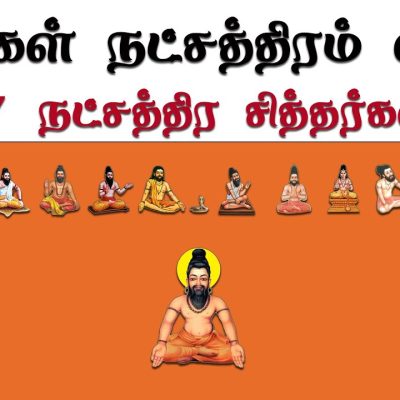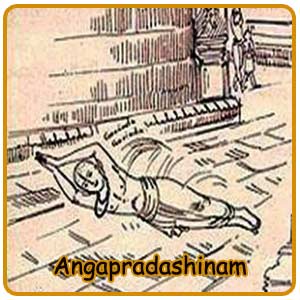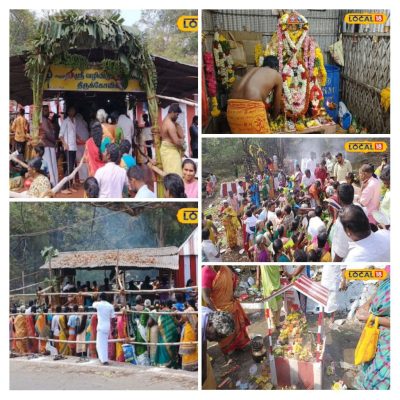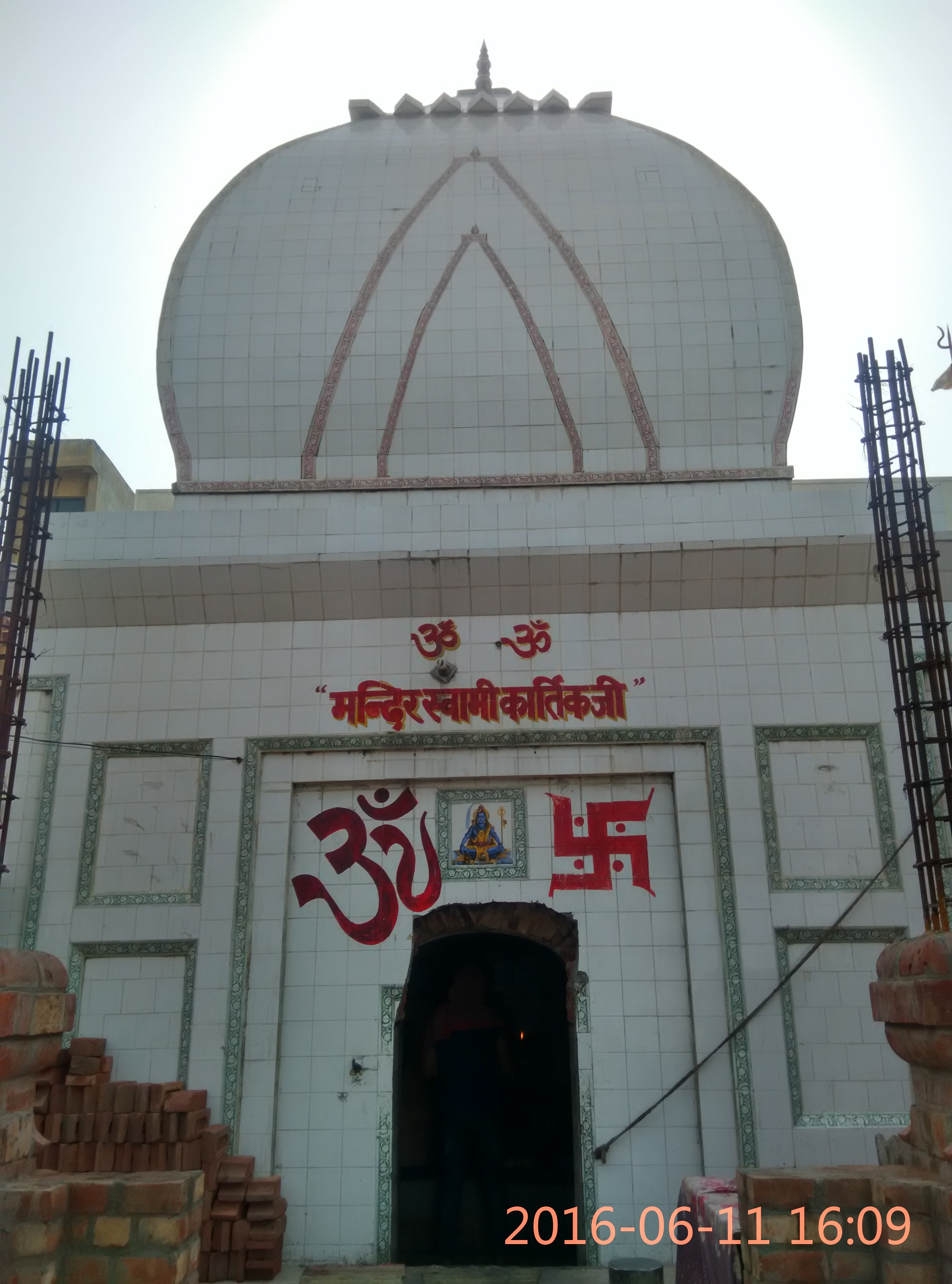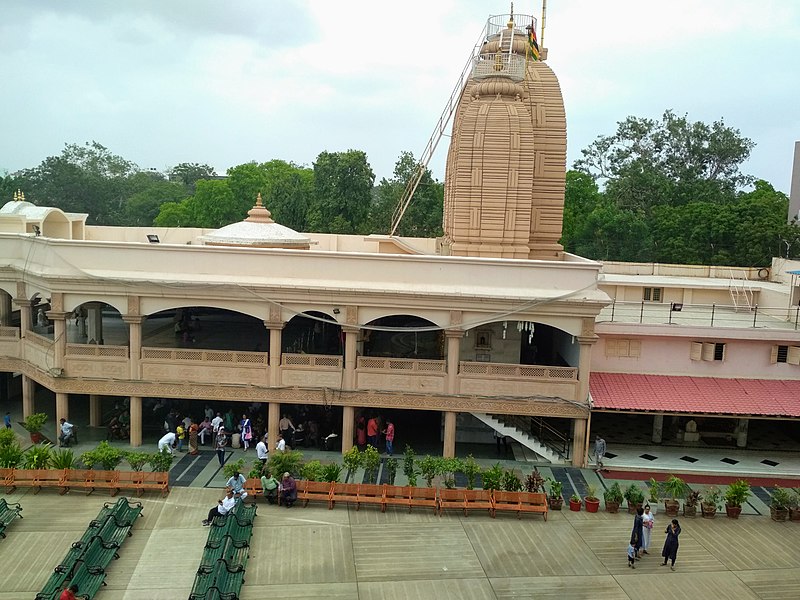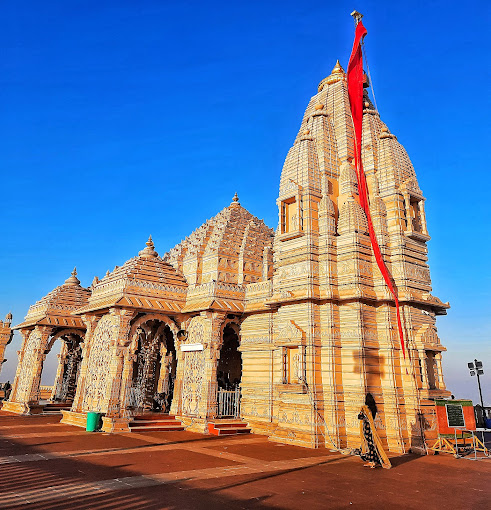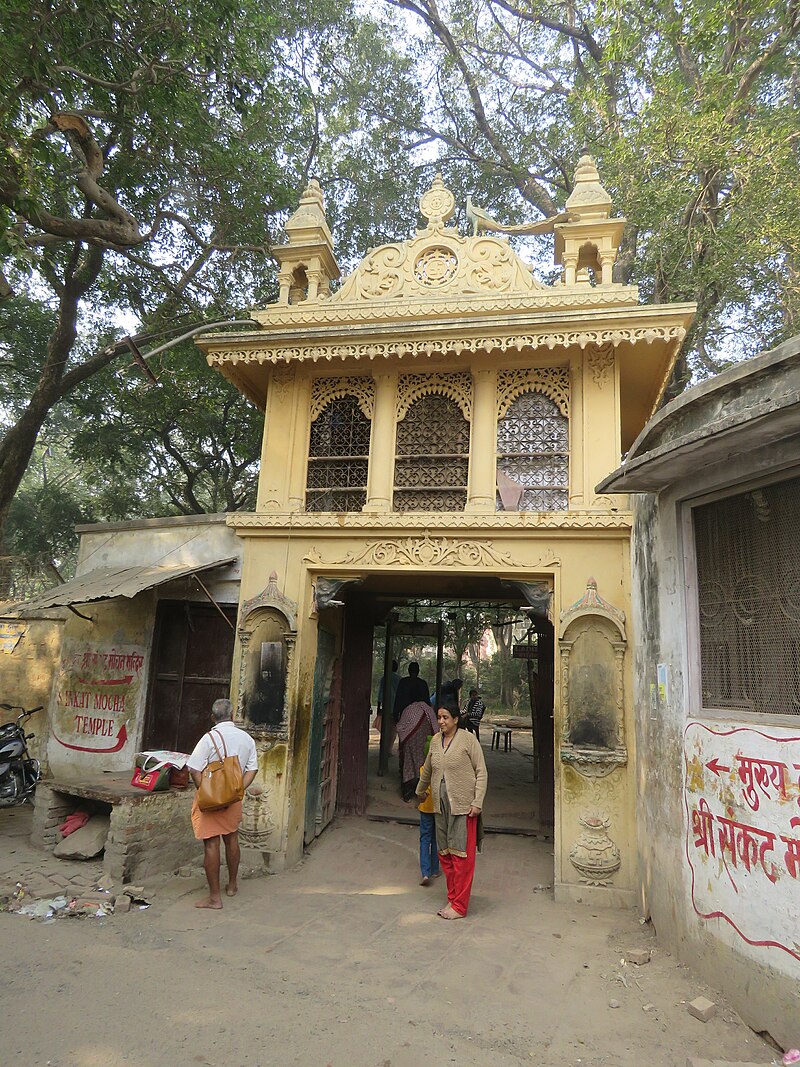Dilwara Sri Parshvanatha Jain Temple- Rajasthan

Address
Dilwara Sri Parshvanatha Jain Temple Dilwara Rd, Dilwara, Mount Abu, Rajasthan 307501
Diety
Sri Parshvanatha
Introduction
The Dilwara Temples or Delvada Temples are a group of Five Jain temples located about 2+1⁄2 kilometres from the Mount Abu settlement in Sirohi District, Rajasthan. Dilwara temples are known to have excellent architecture and incredible work of marble carvings. Some experts even think that Dilwara temples have better architecture than the Taj Mahal. This temple, dedicated to Lord Parshvanath, was built by Sangvi Mandlik and his family in 1458–59.
Puranic Significance
Built-in between the 11th and 13th centuries AD by Chalukya dynasty, Dilwara Jain temples are simple and general looks from outside but its extravagant doors of entrance tell about its architectural superiority. It is surrounded by green hills and a temple complex by high walls. All of its ceilings, doorways, pillars, and panels have minutely carved ornamental details which show its architectural uniqueness. It is also important to notice that at that time there was no convenience to transport such big blocks of marble at a 1200 meters height. This temple, dedicated to Lord Parshvanath, was built by Sangvi Mandlik and his family in 1458–59. According to popular belief, masons offered free remaining stones of Vimala Vasahi and Luna Vasahi to add the marble since the temple was built by grey stone. It consists of a three-story building, the tallest of all the shrines at Dilwara. Not all the tower remains. On all the four faces of the sanctum on the ground floor are four big mandapas housing a Choumukha idol of Parshvanatha. On the first floor, the Chaumukha idol the front iconography is of Chintamani Parshvanath, second Magalakar Parshvanatha and third Manoratha-Kalpadruma Parshvanatha all are depicted with hood of nine cobras. The image of fourth image of Parshvanatha is illegible. In the corridor there are images of 17 tirthankaras and paintings of flowers. There is depiction of 14 dreams of mother of tirthankars had before their births. On the second floor, the Chaumukha idol is of Sumatinatha, Parshvanatha, Adinatha and Parshvanatha. The idol of Goddess Ambika is also present. On the third floor, the Chaumukha idol is of Parshvanatha. The outer walls of the sanctum comprise ornate sculptures in gray sandstone, depicting Dikpals, Vidhyadevis, Yakshinis, Shalabhanjikas and other decorative sculptures comparable to the ones in Khajuraho and Konark
Special Features
The intricate stone carving on the marble pillars and ceilings is truly awe-inspiring. The temple displays a lot of images from the Hindu and Jain Mythology. The profusion of petals, lotus buds, and flowers carved on the ceilings and pillars lend a distinctive look to the temple. Carved corridors, courtyards, arches, and porticos are other distinctive features of the temple. This temple has the tallest shrine along with four big Mandapa’s amongst all dilwara temples. The carving on the pillars of this temple is yet another example of these jain temples architectural superiority.
Festivals
Mahavir Jayanti or Mahavir Janma Kalyanak is one of the most important festivals.
Century/Period/Age
11th and 13th centuries AD
Managed By
Archaeological Survey of India (ASI)
Nearest Bus Station
Mount Abu
Nearest Railway Station
Abu Road Station
Nearest Airport
Udaipur
